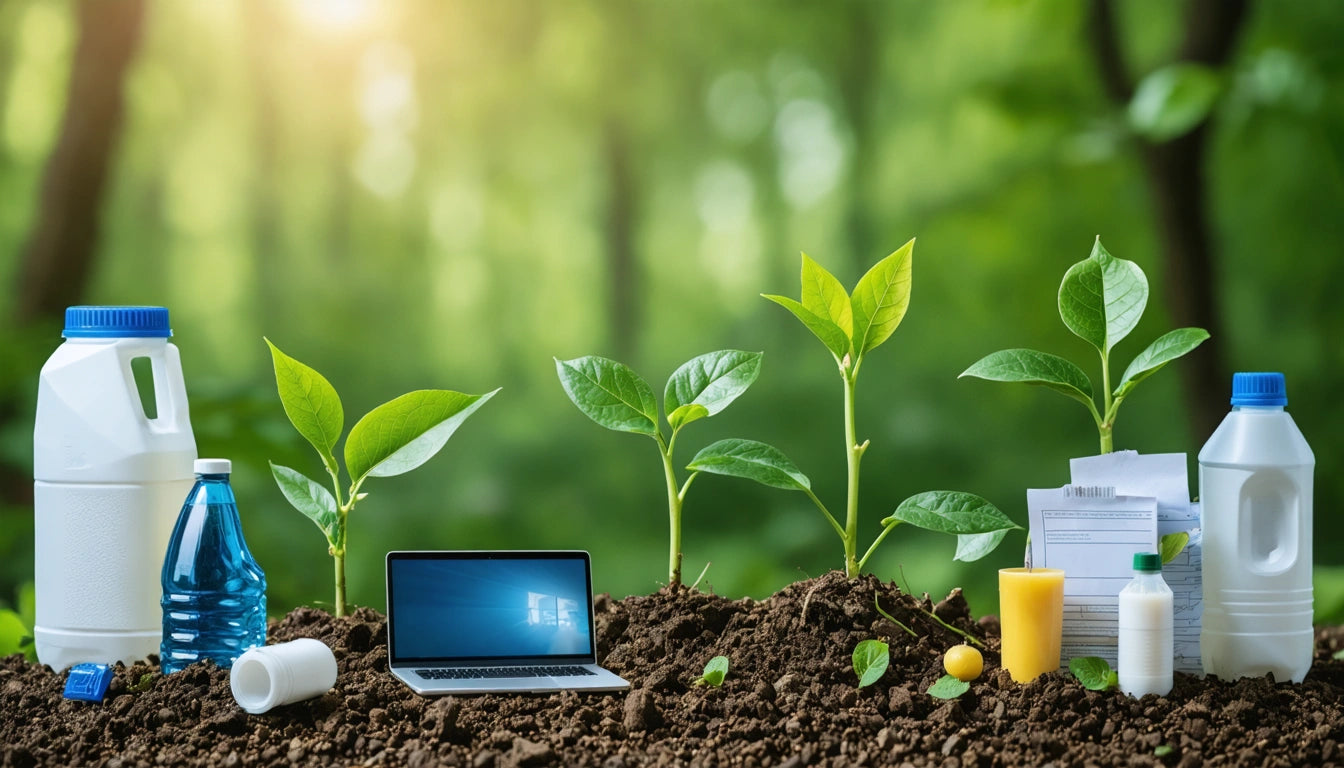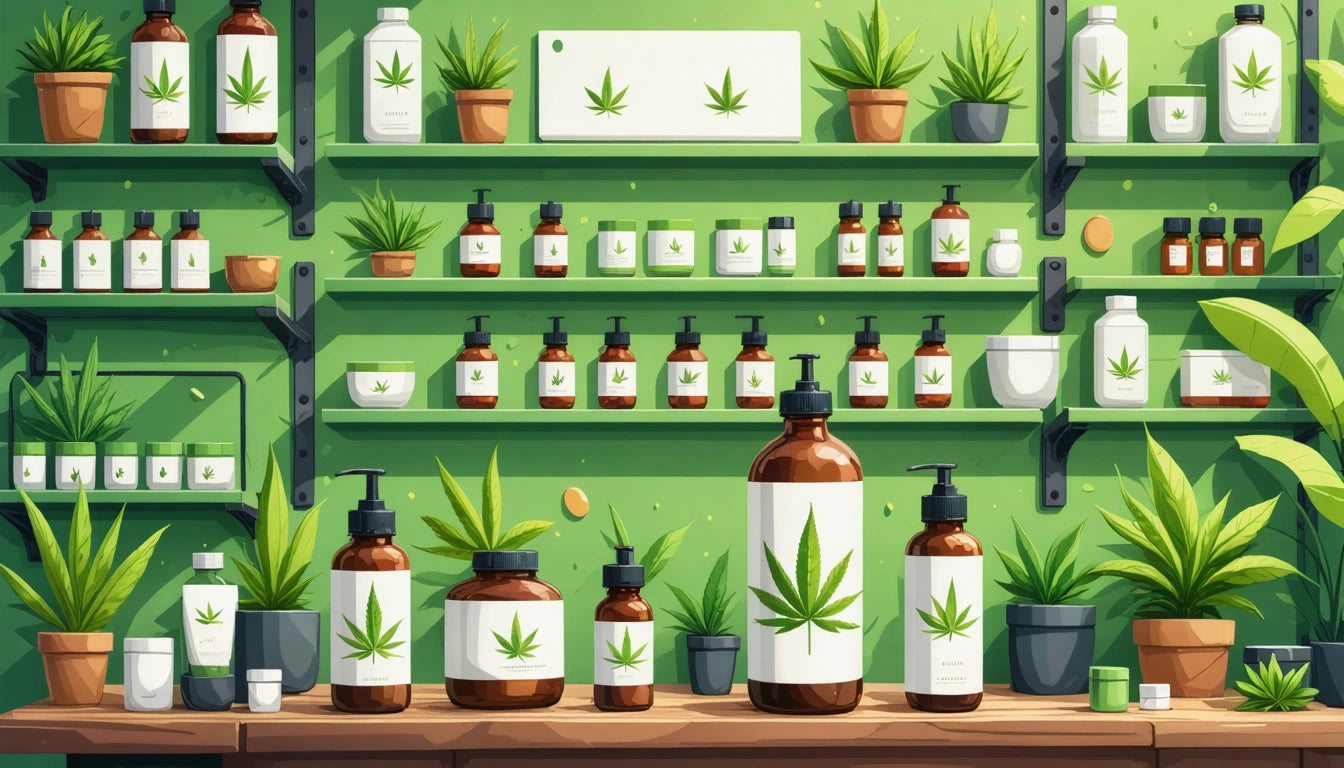Table of Contents
The Rise of Monomaterial Packaging
As sustainability concerns continue to shape consumer preferences and regulatory landscapes, monomaterial packaging has emerged as a promising solution to the complex waste management challenges facing brands today. This approach to packaging design focuses on using a single material throughout the entire package, eliminating the mixed materials that complicate recycling processes and contribute to landfill waste.
What is Monomaterial Packaging?
Monomaterial packaging refers to packaging made entirely from a single type of material, such as all-polyethylene (PE), all-polypropylene (PP), or all-paper constructions. This design philosophy stands in contrast to traditional multi-material packaging that might combine plastic films, aluminum foils, paper, and adhesives in a single package, creating recycling nightmares.
The core principle behind monomaterial design is simplicity: when a package enters the waste stream, it can be processed without separation or specialized handling. This streamlined approach aligns with circular economy goals by keeping materials in use longer and reducing contamination in recycling streams.
Benefits of Monomaterial Solutions
Simplified Recycling
The primary advantage of monomaterial packaging is its compatibility with existing recycling infrastructure. When consumers dispose of a monomaterial package, it can be processed without complex separation technologies. This simplicity increases the likelihood that the material will actually be recycled rather than diverted to landfills due to contamination issues.
Reduced Carbon Footprint
By eliminating the need for multiple material types, manufacturers can often streamline production processes and reduce energy consumption. Additionally, the simplified recycling process requires less energy than handling multi-material waste, further reducing the overall environmental impact.
Consumer Appeal
Today's environmentally conscious consumers increasingly seek products with clear sustainability credentials. Brands using our specialized cannabis packaging solutions have reported that transparent communication about monomaterial design can strengthen customer loyalty and differentiate products in competitive markets.
Applications Across Industries
The versatility of monomaterial packaging makes it suitable for various industries and product types:
- Food and beverage: All-PE flexible pouches for dry goods
- Personal care: Mono-PP bottles and tubes
- Cannabis: Single-material mylar bags and containers
- E-commerce: Paper-based shipping materials
- Pharmaceuticals: Mono-material blister packs
Each industry faces unique challenges in transitioning to monomaterial solutions, but innovations continue to expand the possibilities. For instance, compostable packaging alternatives often follow monomaterial principles to ensure proper degradation.
Challenges and Limitations
Despite its advantages, monomaterial packaging faces several implementation hurdles:
Performance Concerns
Single materials may not always provide the same barrier properties or durability as multi-layer alternatives. This can be particularly challenging for products requiring oxygen, moisture, or light barriers. However, innovations in material science are gradually addressing these limitations.
Cost Considerations
Initially, transitioning to monomaterial packaging may involve higher costs due to retooling production lines and potentially more expensive materials. However, ROI calculations for sustainable packaging should consider long-term benefits, including improved brand perception and potential regulatory advantages.
Design Limitations
Designers accustomed to working with multiple materials may find their creative options constrained when limited to a single substrate. This requires rethinking packaging from first principles rather than simply substituting materials in existing designs.
Innovations Driving Adoption
Several technological developments are accelerating the shift toward monomaterial packaging:
Advanced Material Science
New formulations of traditional materials, such as high-barrier polyethylene, are providing enhanced performance without requiring multiple material types. These innovations allow monomaterial packages to protect sensitive products effectively.
Improved Printing and Decoration
Advancements in surface treatments and printing technologies enable brands to achieve premium aesthetics on monomaterial packages without compromising recyclability. This addresses concerns about potential downgrades in visual appeal when switching from multi-material options.
Biobased Alternatives
The development of biobased monomaterials, such as PLA (polylactic acid) derived from plant sources, offers additional sustainability benefits while maintaining the single-material advantage. However, as discussed in this bioplastic analysis, proper end-of-life infrastructure remains crucial.
Implementation Strategies for Brands
Companies looking to adopt monomaterial packaging should consider these practical approaches:
- Start with lower-hanging fruit: Identify product lines where the transition to monomaterial will be least disruptive
- Collaborate with suppliers: Work with packaging partners who have experience in monomaterial design
- Invest in consumer education: Clearly communicate the environmental benefits and proper disposal methods
- Take a phased approach: Gradually transition your packaging portfolio rather than attempting wholesale changes
Additionally, avoiding common pitfalls outlined in eco-packaging mistakes can help ensure a successful implementation.
Future of Single-Material Packaging
The trajectory for monomaterial packaging points toward continued growth and innovation. As recycling infrastructure evolves to better handle specific material streams, the advantages of monomaterial design will likely become even more pronounced. Regulatory pressures, including extended producer responsibility laws and plastic taxes, will further incentivize brands to simplify their packaging materials.
Forward-thinking companies are already exploring how monomaterial principles can be combined with other sustainable packaging trends, such as refill systems and closed-loop models. This integrated approach to packaging sustainability represents the next frontier in responsible brand stewardship and environmental protection.











Leave a comment
All comments are moderated before being published.
This site is protected by hCaptcha and the hCaptcha Privacy Policy and Terms of Service apply.